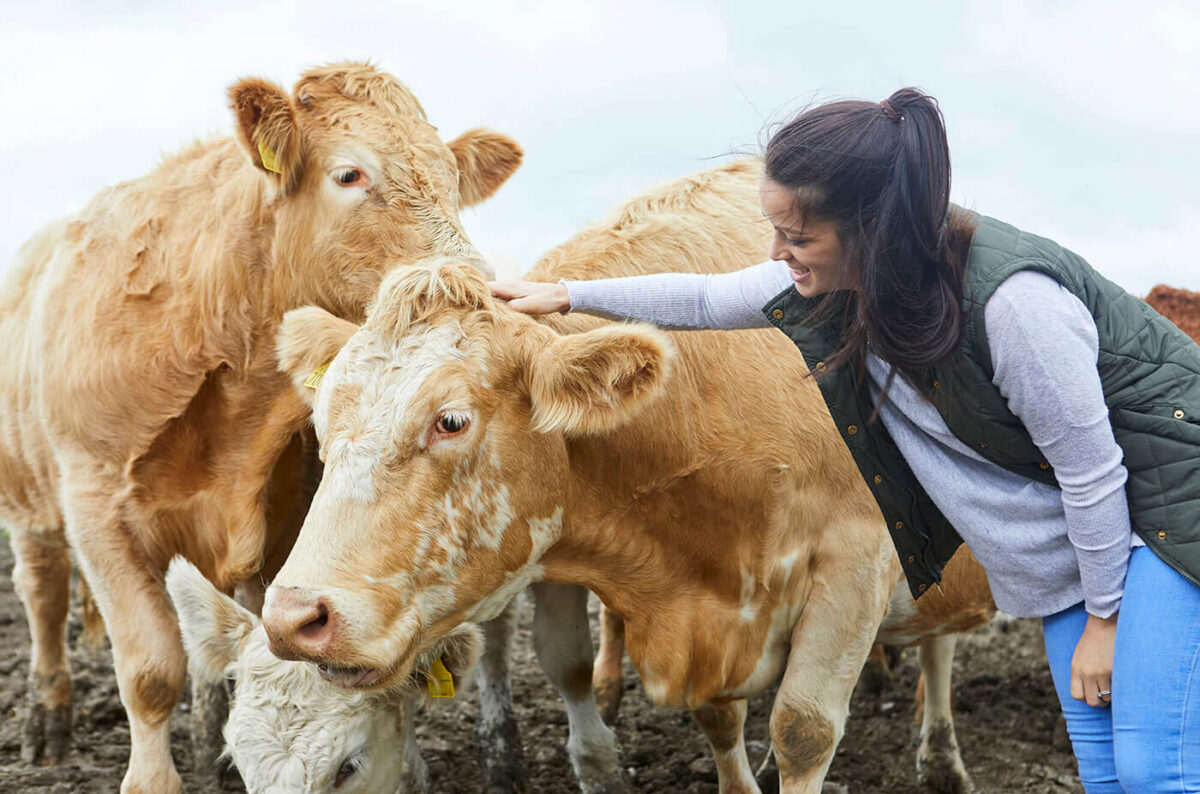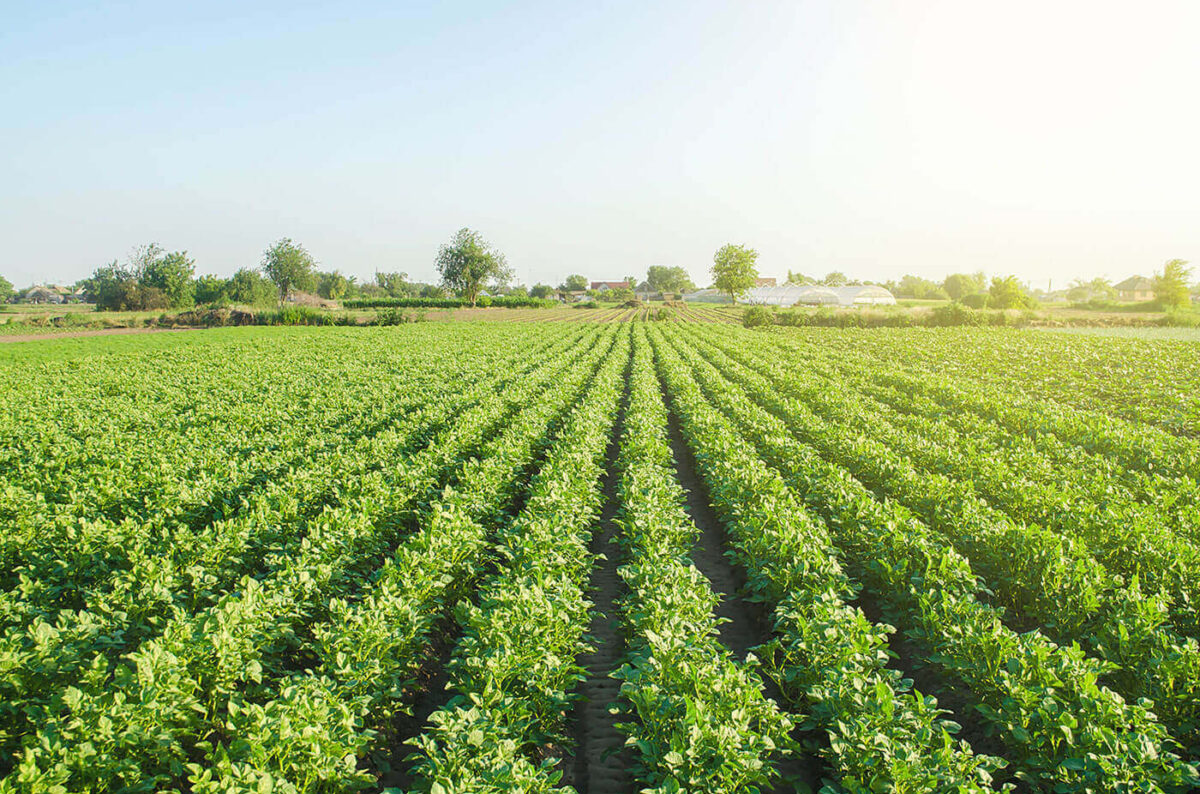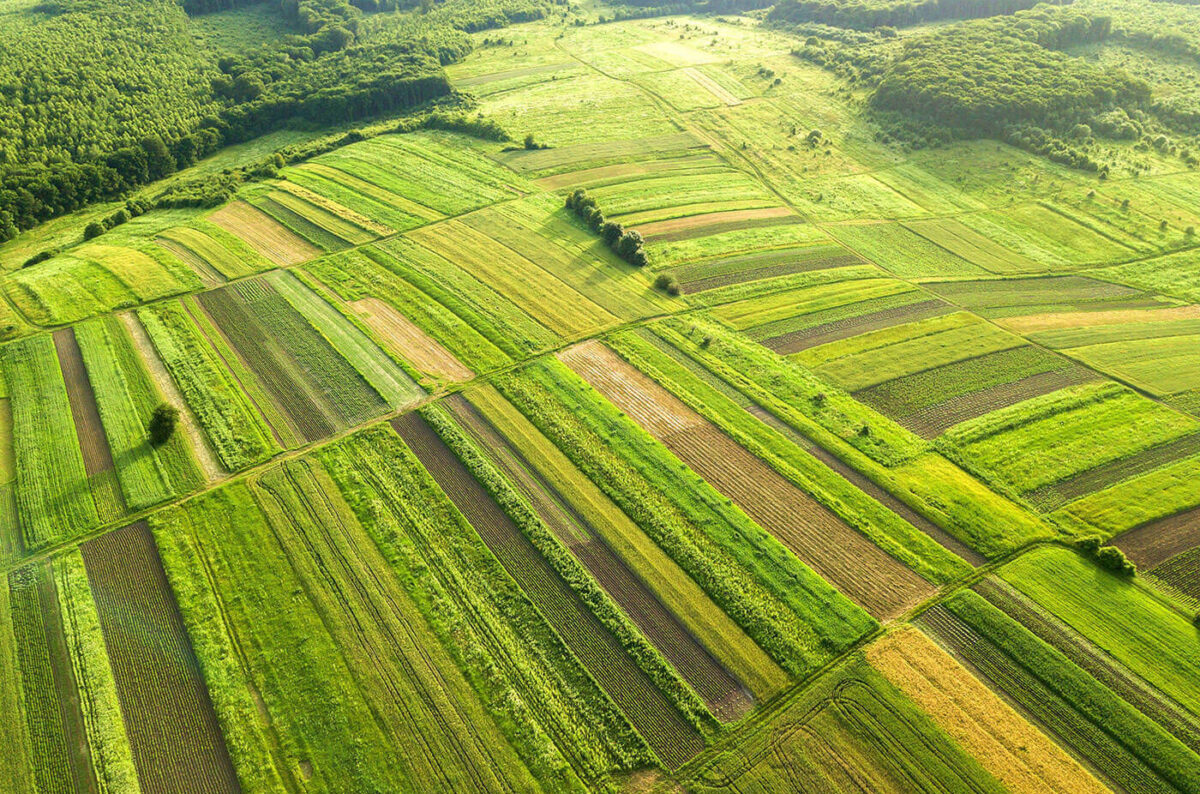
- Food Facts
- December 12, 2022
As the reality of climate change shifts from future threat to present emergency, communities worldwide are facing an unavoidable truth: even with aggressive emissions reductions, we must adapt to the climate disruptions already locked in. While mitigation efforts remain crucial to prevent worst-case scenarios, adaptation strategies have become equally essential for human wellbeing and survival in a warming world.
This article explores how communities, cities, and countries are developing innovative approaches to climate adaptation—creating blueprints for resilience that balance immediate needs with long-term sustainability.
The Adaptation Imperative
The case for immediate adaptation action has become undeniable:
- Global temperatures have already risen approximately 1.2°C above pre-industrial levels
- Climate-related disasters have increased in frequency and intensity worldwide
- Sea levels are rising, threatening coastal communities and infrastructure
- Shifting precipitation patterns are disrupting agriculture and water supplies
- Heat extremes are testing human survivability in many regions
These impacts are no longer theoretical—they affect billions of people today and will intensify in coming decades regardless of mitigation success. Effective adaptation requires both defensive measures against current threats and transformative approaches that reimagine how human societies function in a changed climate.
Urban Adaptation: Reimagining Cities for Climate Resilience
With over half the world’s population living in urban areas, cities stand at the forefront of climate adaptation innovation.
Water-Smart Urban Design
Rotterdam’s Water Squares: This Dutch city has pioneered multi-functional public spaces that transform into water retention basins during heavy rainfall events. When dry, these spaces serve as community gathering areas, sports facilities, and playgrounds. During storms, they can capture thousands of cubic meters of water, preventing urban flooding while creating visual reminders of climate adaptation.
Sponge Cities in China: Following devastating urban floods, China launched an ambitious “sponge city” initiative across 30 cities, incorporating permeable pavements, rain gardens, green roofs, and restored urban wetlands. These features allow cities to absorb rainfall rather than channel it into overwhelmed drainage systems.
Heat Adaptation Strategies
Medellín’s Green Corridors: This Colombian city created a network of vegetated pathways along roads and waterways, reducing urban temperatures by up to 4°C during heat waves. The project employed local residents from vulnerable communities, demonstrating how adaptation can simultaneously address social equity.
Phoenix’s Cool Pavement Program: Facing increasingly dangerous summer temperatures, Phoenix is coating asphalt surfaces with light-colored materials that reflect rather than absorb heat, reducing surface temperatures by up to 12°C.
Building Resilient Infrastructure
New York’s East Side Coastal Resiliency Project: Following Hurricane Sandy’s devastation, New York City is implementing a $1.45 billion flood protection system combining engineered barriers with elevated parks and recreational spaces along Manhattan’s East River.
Tokyo’s Metropolitan Area Outer Underground Discharge Channel: This massive underground flood control system can divert millions of gallons of flood water away from densely populated areas during typhoons and heavy rain events, protecting one of the world’s largest urban areas.
Agricultural Adaptation: Feeding Humanity in a Changed Climate
Food security represents one of the most critical adaptation challenges, with climate impacts already affecting agricultural productivity worldwide.
Climate-Resilient Crop Development
Drought-Tolerant Maize for Africa: This initiative has developed and distributed more than 200 drought-tolerant maize varieties to farmers across sub-Saharan Africa, helping maintain productivity despite increasingly erratic rainfall patterns.
Flood-Tolerant Rice in Bangladesh: Scientists developed “scuba rice” varieties that can survive complete submersion for up to two weeks, allowing rice cultivation to continue in increasingly flood-prone regions of South Asia.
Diversified Farming Systems
Cuban Agroecology: Following economic crises that limited access to chemical inputs, Cuba developed highly diversified, low-input agricultural systems that have proven remarkably resilient to climate extremes, including hurricanes and droughts.
Climate-Smart Villages in Southeast Asia: The CGIAR Research Program on Climate Change, Agriculture and Food Security has established networks of climate-smart villages that integrate traditional knowledge with new technologies to develop locally appropriate adaptation strategies.
Water Management Innovations
Precision Irrigation in Israel: Israel’s agricultural sector has pioneered water-efficient technologies like drip irrigation, soil moisture sensors, and treated wastewater reuse that maintain productivity with a fraction of the water used in conventional systems.
Ancient Solutions Revived in Peru: Communities in Peru’s Andes mountains are restoring pre-Incan water harvesting systems—including canals, reservoirs, and terraces—that effectively manage water in environments marked by extreme seasonality and uncertainty.
Coastal Adaptation: Living With Rising Seas
For the roughly 40% of humanity living near coastlines, sea level rise presents an existential challenge requiring multi-layered adaptation approaches.
Defensive Infrastructure
The Netherlands’ Delta Works: This extensive system of dams, sluices, locks, and storm surge barriers protects the low-lying Netherlands from North Sea flooding. The most recent additions incorporate ecological considerations alongside flood protection.
Bangladesh’s Coastal Embankment Improvement Project: This initiative is upgrading over 1,000 kilometers of embankments to protect vulnerable coastal communities from increasingly severe cyclones and storm surges.
Living With Water
Amphibious Architecture in the Netherlands: Dutch designers have created communities of homes that float during flood events and rest on foundations during normal conditions, allowing residents to adapt in place rather than retreat.
Louisiana’s Coastal Master Plan: Facing some of the world’s highest rates of coastal land loss, Louisiana has developed a $50 billion plan combining traditional flood protection with nature-based solutions like marsh creation, barrier island restoration, and managed sediment diversions.
Managed Retreat
Isle de Jean Charles Resettlement: This Louisiana community of indigenous people became the first federally funded climate relocation project in the United States, developing a new inland settlement as their ancestral island home became uninhabitable due to rising seas and land subsidence.
Fiji’s Planned Relocation Guidelines: After relocating several communities threatened by sea level rise, Fiji developed comprehensive guidelines addressing not just physical infrastructure but cultural continuity, livelihoods, and community cohesion during climate-induced displacement.
Ecosystem-Based Adaptation: Working With Nature
Nature itself offers some of the most cost-effective and sustainable adaptation solutions—if we protect and restore ecological systems.
Mangrove Restoration
Vietnam’s Mangrove Restoration: The Vietnamese Red Cross has spearheaded efforts to restore mangrove forests along the country’s coastline, providing natural storm buffers while sequestering carbon and supporting fishing livelihoods.
Sri Lanka’s Mangroves and Markets Project: This initiative links mangrove conservation with sustainable aquaculture, creating economic incentives for protecting these crucial coastal ecosystems.
Urban Forests and Biodiversity
Melbourne’s Urban Forest Strategy: Facing increasing heat and drought, Melbourne is transforming its urban landscape by doubling tree canopy cover, selecting species adapted to future climate conditions, and creating biodiversity corridors throughout the city.
Singapore’s Therapeutic Gardens: Beyond temperature regulation, Singapore has designed urban green spaces specifically to offer psychological resilience benefits, recognizing mental health as a crucial dimension of climate adaptation.
Watershed Protection
New York City’s Watershed Protection Program: Rather than building costly filtration plants, New York protects the forests and wetlands of its upstate watersheds, securing clean water supplies while reducing flood risks and supporting rural economies.
Rwanda’s Landscape Approach: Following devastating landslides and floods, Rwanda implemented a nationwide program of terracing, agroforestry, and watershed restoration that has dramatically reduced disaster losses while improving agricultural productivity.
Financing Adaptation: Bridging the Investment Gap
Despite urgent needs, adaptation remains severely underfunded globally. Innovative financing approaches are emerging to address this gap:
Insurance-Based Solutions
Caribbean Catastrophe Risk Insurance Facility: This regional risk pool provides participating countries with rapid payouts following hurricanes, earthquakes, and extreme rainfall events, allowing for immediate disaster response without waiting for international aid.
Reef Insurance in Mexico: The world’s first coral reef insurance policy now protects a 160-kilometer stretch of Mexico’s Yucatán Peninsula, with payouts triggered automatically after severe storms to fund rapid reef restoration efforts.
Community-Based Financing
Kenya’s County Climate Change Funds: These decentralized funding mechanisms allow local communities to identify, prioritize and implement their own climate adaptation projects, ensuring interventions match local needs and conditions.
Nepal’s Local Adaptation Plans of Action: This framework integrates climate adaptation into local governance structures, channeling both national and international funding to community-identified priorities.
Blended Finance Approaches
Global Commission on Adaptation’s Action Tracks: This initiative mobilizes public and private investment across key sectors including infrastructure, food security, and nature-based solutions, demonstrating adaptation’s economic returns.
Green Bonds for Climate Resilience: Cities from Paris to Cape Town are issuing green bonds specifically for adaptation infrastructure, tapping capital markets for long-term investments in climate resilience.
Justice-Centered Adaptation: Addressing Inequities
Climate impacts disproportionately affect those least responsible for emissions and least resourced to adapt. Effective adaptation must center equity and justice:
Vulnerability-Focused Resource Allocation
Bangladesh’s Climate Change Trust Fund: This national funding mechanism prioritizes the most climate-vulnerable communities and sectors, ensuring adaptation resources reach those facing the greatest risks.
California’s Transformative Climate Communities Program: This initiative directs climate investments to disadvantaged communities, combining adaptation and mitigation projects with economic development and anti-displacement measures.
Indigenous Leadership
Indigenous Guardians Programs: In Canada, Australia, and elsewhere, indigenous-led conservation initiatives protect crucial ecosystems while maintaining cultural connections to traditional territories.
Arctic Adaptation Exchange: This platform facilitates knowledge sharing among indigenous communities across the circumpolar Arctic, where climate impacts are occurring at more than twice the global average rate.
Inclusive Planning Processes
Boston’s Climate Ready Neighborhoods: This initiative employs residents from vulnerable communities as climate resilience ambassadors, ensuring adaptation planning reflects diverse perspectives and needs.
Gender-Responsive Adaptation in Nepal: Recognizing women’s unique vulnerability and capacity, Nepal has developed gender-responsive adaptation planning processes that emphasize women’s leadership in community resilience.
Building Adaptive Capacity: Beyond Physical Infrastructure
Successful adaptation requires not just physical changes but enhanced human capabilities:
Early Warning Systems
Bangladesh’s Cyclone Preparedness Program: This community-based early warning system has dramatically reduced cyclone deaths through a network of trained volunteers who disseminate warnings and coordinate evacuations.
Heat Action Plans in India: Following deadly heat waves, cities like Ahmedabad have implemented comprehensive plans combining early warnings, cooling centers, public education, and healthcare system preparation.
Education and Knowledge Sharing
Climate Schools in the Philippines: The Philippine educational system has integrated climate change into curricula at all levels, building a generation equipped to understand and respond to climate impacts.
Pacific Climate Change Science Program: This initiative builds scientific capacity across Pacific Island nations, enabling locally-led monitoring and adaptation planning.
Psychological Resilience
Climate Anxiety Support Networks: Organizations like the Good Grief Network provide structured programs helping people process climate emotions while moving toward constructive action.
Community Arts and Cultural Preservation: From the Climate Museum in New York to the Marshall Islands’ traditional navigation revival, cultural initiatives help communities maintain identity and cohesion through climate disruption.
Conclusion: From Coping to Thriving
As we navigate an uncertain climate future, adaptation strategies must evolve from merely coping with impacts to creating new visions of human thriving under changed conditions. The most promising approaches:
- Integrate mitigation and adaptation: Solutions that reduce emissions while building resilience offer double benefits
- Emphasize flexibility and learning: Rigid solutions will fail as conditions continue changing
- Center justice and participation: Those most affected must lead adaptation planning
- Work with rather than against natural systems: Nature-based solutions often provide multiple benefits beyond adaptation
- Build social cohesion: Perhaps our greatest adaptive resource is community itself
The climate crisis presents unprecedented challenges, but the global proliferation of adaptation innovations demonstrates human creativity and resilience in the face of those challenges. By learning from and scaling these approaches—while simultaneously pursuing aggressive emissions reductions—we can help create a world where all communities can adapt and thrive despite climate disruptions.
What adaptation strategies have you witnessed in your own community? How do you think we should balance immediate protective measures with longer-term transformative approaches? Share your thoughts in the comments below.














